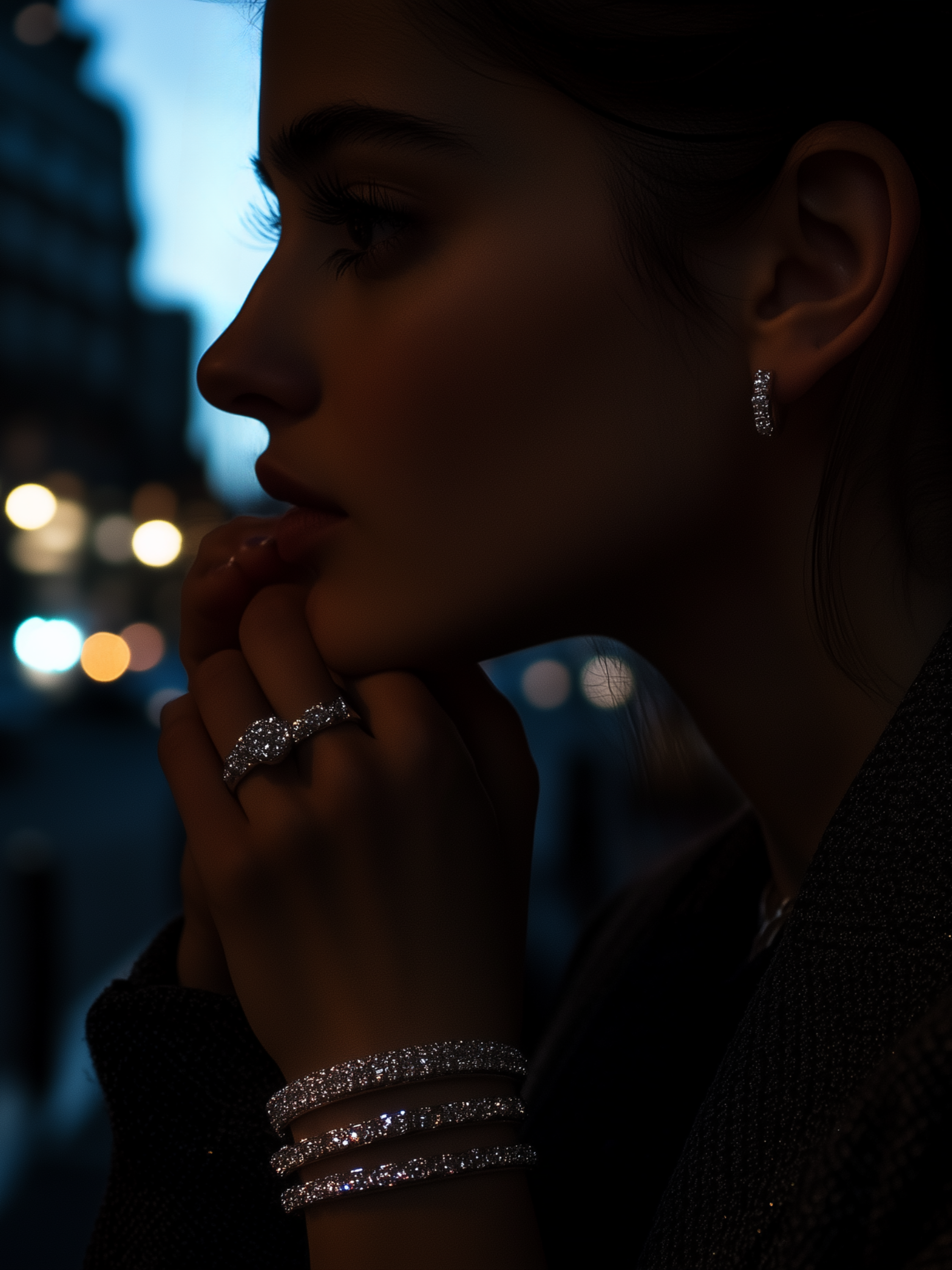How to Remove Earrings & Piercing Jewellery at Home
Removing piercing jewellery at home can be a daunting task, but with the right knowledge and tools, it can be done safely and effectively. This article provides step-by-step instructions for how to remove piercing earrings at home, highlighting the importance of hygiene and proper tools. We’ll cover different types of piercings and jewellery, potential challenges, and solutions for each. Safety tips and recommendations for when to seek professional help will also be included to ensure a smooth removal process.
When Can You Remove Piercing Jewellery
You can remove piercing jewellery once the piercing has fully healed, which typically takes several weeks to months depending on the location and your body's healing rate. For cartilage piercings, healing may take up to a year, while earlobe piercings generally heal faster. It's crucial to ensure that the piercing is completely free of redness, swelling, and discharge before removing the jewellery to avoid complications such as infection or closure of the piercing. Always clean your hands and any tools before handling your piercing to maintain hygiene.
Importance of Hygiene and Proper Tools
Maintaining proper hygiene is crucial when removing piercing jewellery to prevent infections and other complications. Always start by thoroughly washing your hands with soap and water to remove any bacteria. Use a saline solution or an antiseptic solution to clean the area around the piercing. Ensure that any tools you use, such as tweezers or pliers, are sterilised. You can do this by soaking them in boiling water or using a disinfectant.
Having the right tools can make the process of removing piercing jewellery much easier and safer. Depending on the type of jewellery, you may need a pair of tweezers or pliers. Make sure they are designed for use with body jewellery to avoid damage. Cotton swabs and gauze can be useful for cleaning the area and absorbing any discharge. A mirror can help you see what you are doing, especially if the piercing is in a hard-to-reach area.

Harms of Unsanitary Removal
Removing earrings in an unsanitary manner can lead to several complications. One of the primary risks is infection, which can cause redness, swelling, pain, and pus discharge at the piercing site. In severe cases, the infection might spread, resulting in fever and other systemic symptoms that may need medical attention. Additionally, using unclean or inappropriate tools can damage the delicate tissue around the piercing, leading to prolonged healing and a higher risk of scarring.
Another concern is allergic reactions triggered by residues from cleaning agents or metals if non-sterile tools are used. This can cause itching, redness, and swelling, especially for those with sensitive skin or metal allergies. Unsanitary practices may also result in piercing bumps or keloids—raised areas of scar tissue—due to irritation or infection, which can be challenging to treat and might require medical intervention.

How to Remove Flat Back Earrings
Flat Back Earrings (Push Pin)

To remove push pin stud or flat back earrings, start by placing your thumb and index finger on the front of the earring. With gentle pressure, use your other hand to grasp the back of the earring and push the pin through the ear lobe. As you press the back, carefully pull the front part of the earring away from your ear. Make sure the pin is fully disengaged to avoid any discomfort or damage.
Screw In Earrings (Internally Threaded)

Removing screw-in (internally threaded) earrings requires a bit of patience. Hold the front of the earring securely between your thumb and index finger. Use your other hand to twist the back of the earring counterclockwise, carefully unscrewing it from the post. Once the back is fully removed, you can then take out the front of the earring. Ensure you’re not applying excessive force to avoid stripping the threads.
How to Remove Ring Earrings
Seamless Rings (Clicker)
To take out seamless rings or clicker rings, locate the hinge or small opening on the ring. Gently press or twist the ring in the area of the hinge to release it. Once the ring is open, slide it out of your ear. If the ring doesn’t easily open, avoid using excessive force; double-check that you're using the hinge correctly.

Captive Bead Rings
To remove captive bead rings, start by squeezing the sides of the ring gently to release the bead. Once the bead is loosened, carefully remove it from the ring. After removing the bead, slide the ring out of your ear. Ensure you’re working in a clean area to prevent losing any small components and to minimise the risk of infection.
Removal Challenges and Solutions
If the jewellery is stuck, try using a water-based lubricant to ease the removal. Soak the piercing in a saline solution to soften any crust or discharge that might be causing it to stick.
If you experience significant pain or swelling, do not force the jewellery out. Seek professional help. Applying a cold compress can help reduce swelling and make removal easier.
Safety Tips and Professional Help
Always be gentle when handling piercings to avoid tearing or damaging the tissue. Take your time to ensure you do not cause unnecessary pain or injury. Never use unsterilised tools as this can lead to infection.
If you notice signs of infection such as redness, swelling, pain, or discharge, seek professional help. If the jewellery seems embedded in the skin or difficult to remove, consult a professional. If you are unsure about the process or feel uncomfortable, it is always best to visit a professional piercer.
Visit Lark & Berry in London for Professional Piercings
For those in need of professional care and advice, Lark & Berry in London offers a full-service piercing studio. Our experienced team provides expert guidance and ensures that every piercing is performed under the highest standards of hygiene and safety. We offer a comprehensive care package with every piercing appointment, which includes aftercare instructions and essential products to help you maintain your new piercing.
At Lark & Berry, we are dedicated to providing exceptional service and ensuring a smooth and enjoyable experience for all our clients. Whether you need assistance with a piercing removal or are looking to get a new one, visit us for professional, reliable care.




